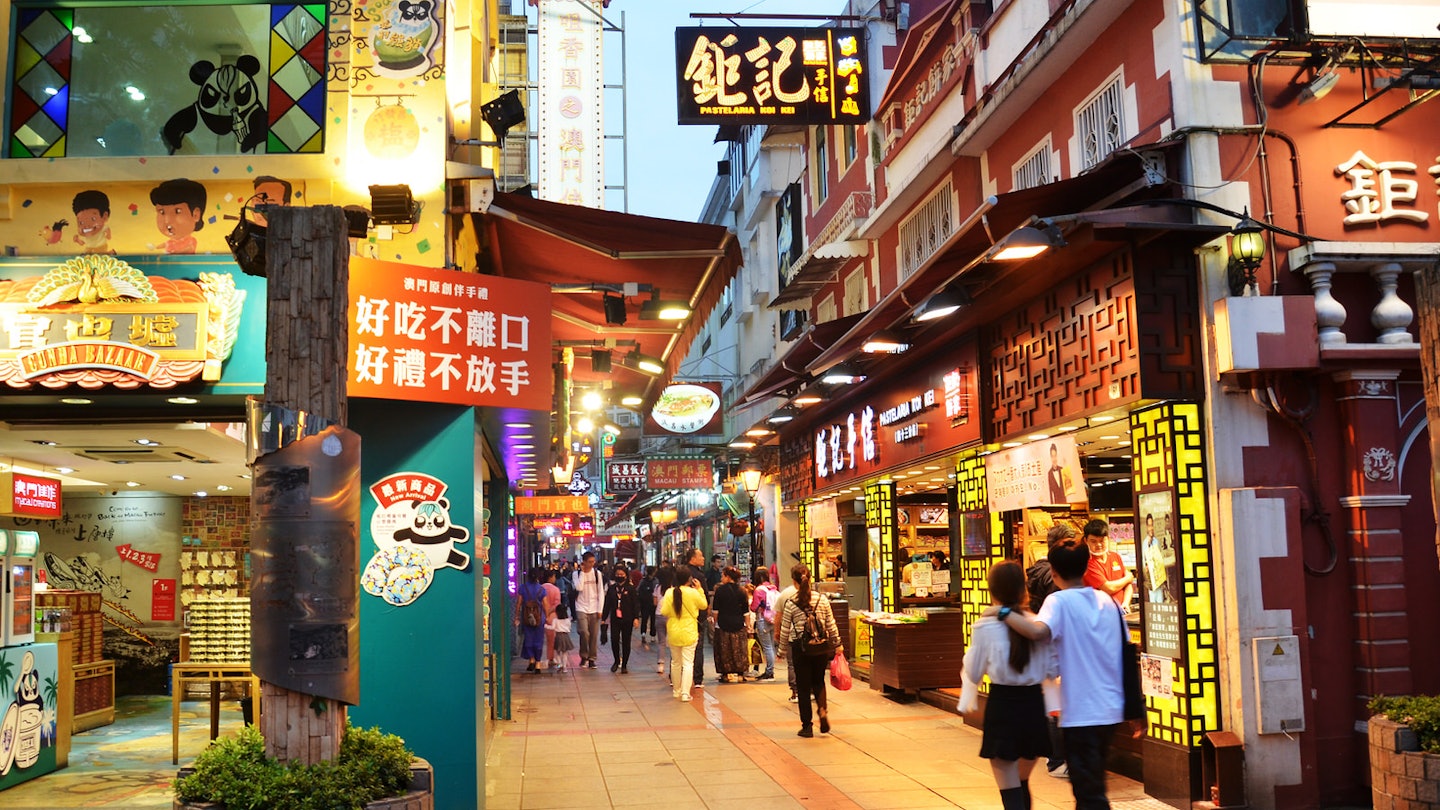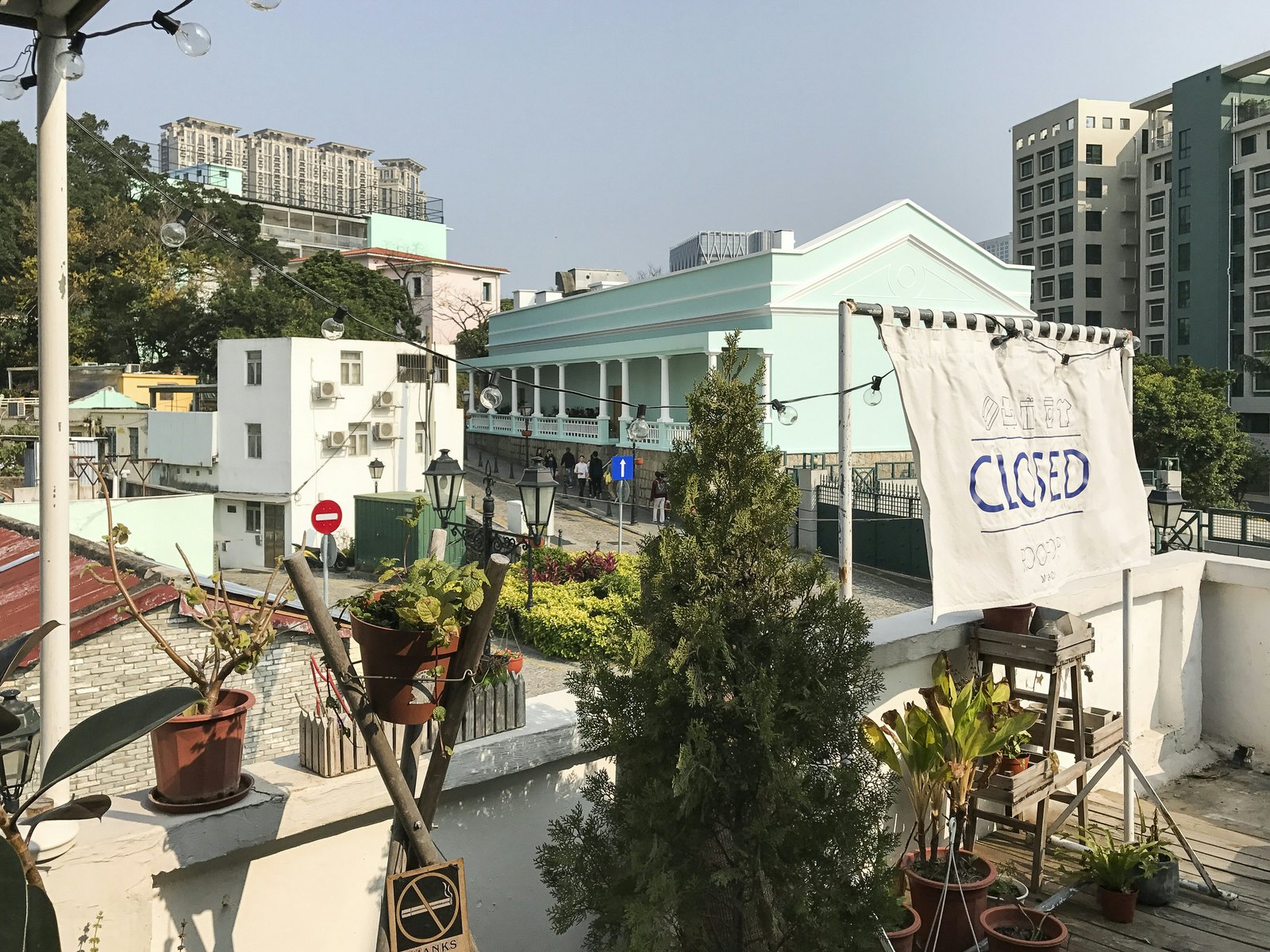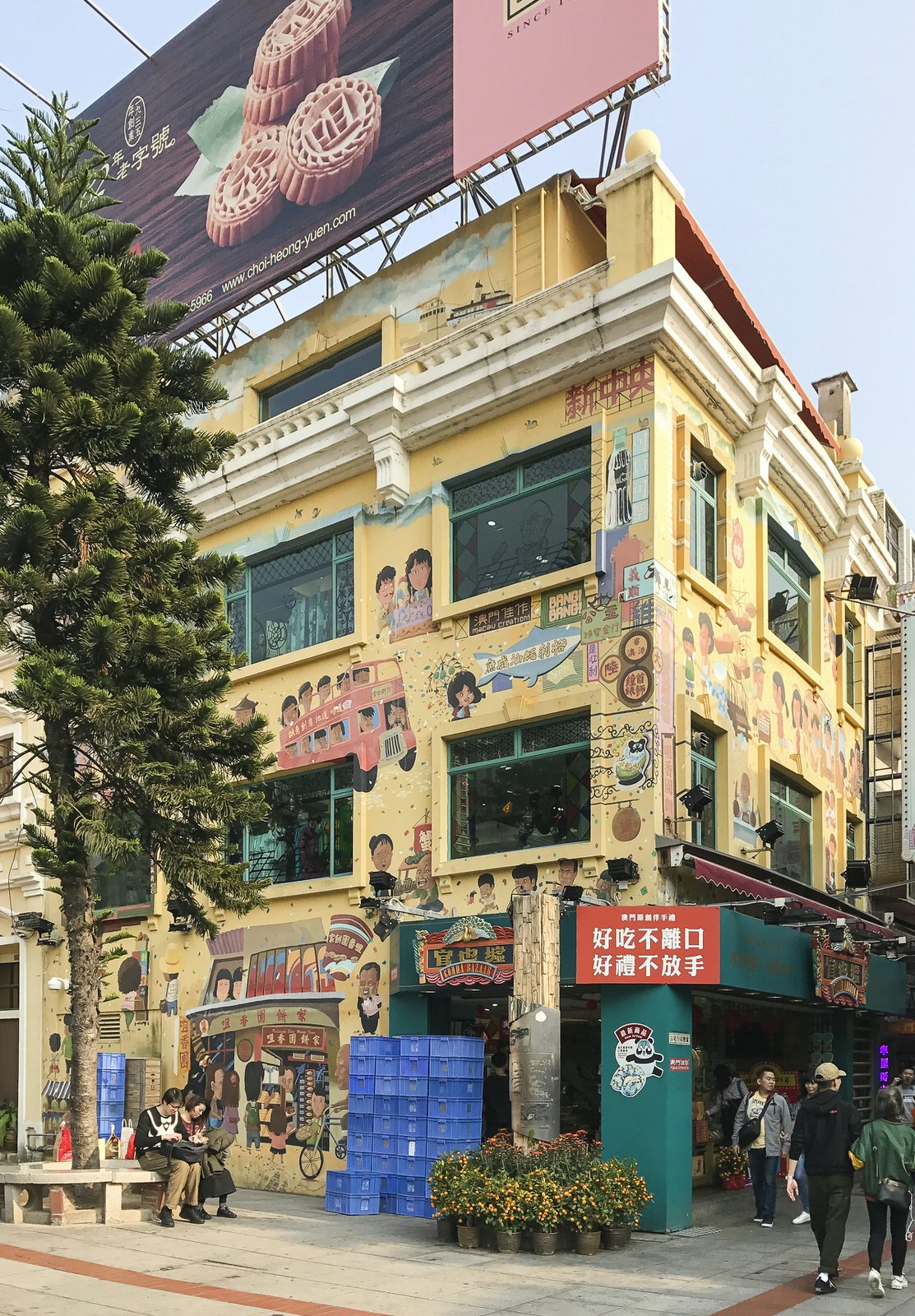
The 30 best countries, cities and regions to visit in 2025

Rua do Cunha: Macau's unofficial food street © Tang Yan Song / Shutterstock
Poor old Macau. When this 30.5-square-kilometre region is not overshadowed by brasher neighbour Hong Kong, it’s associated only with its Vegas-style casino-stuffed Strip.
But this Special Administrative Region of China was a Portuguese colony for more than 400 years, and thanks to this history has developed a unique culture that blends European and Chinese values, cuisine and architecture.

Nowhere is this unique fusion more obvious than Taipa Village, a cultural district on the island of Taipa, which in spite of rampant development by casino resorts on the next-door Cotai Strip, has managed to cling onto its pastel-coloured houses, quiet backstreets and traditional restaurants.
So if you're looking for a slice of old Macau, here’s what not to miss in Taipa Village.

You’ll recognise Rooftop Macau by its gaggle of hipsters sunning themselves on the roof. They’ve gathered in this white-walled boutique to browse its printed t-shirts, playful stationery and trinkets – but most importantly, to drink its tiny drip coffees on the mini rooftop that overlooks Rua do Cunha.
Down pretty Rua Dos Clerigos (itself one of Taipa’s most Instagrammable streets, with houses in a range of birthday-cake shades) is the Taipa Village Art Space. This narrow, two-storey gallery anchors the arty side of Taipa Village. The space showcases the work of a range of artists (both local and from further afield) and hosts a number of hands-on workshops and classes.
The eponymous restaurant of Portuguese chef António Coelho is a Macau institution. Not because the kitchen churns out excellent Portuguese and Macanese favourites (although that it does: try the fried codfish cakes and classic octopus salad), or because its blue, white and yellow-tiled walls make it feel like a proper Lisbon tasca (local restaurant), but because at weekends, the atmosphere gets kicked up a gear with live music and (sometimes) riotous sabrage. If you can’t get a table at António, try nearby La Famiglia, which fuses Macanese favourites with Italian flavours.

Unofficially known as Macau’s ‘food street’, Rua do Cunha is a pedestrianised avenue that runs through the spine of Taipa Village. As the (unofficial) name suggests, it’s chocka with snack shops, restaurants and hawkers peddling Macanese favourites (expect plates of almond cookies, beef jerky, egg tarts) as well as Chinese dishes.
Must-visit eateries along this street include historic Lord Stow’s Bakery, which sells Macau’s favourite egg tarts; and O Santos, a traditional Portuguese restaurant whose walls are lined with football memorabilia. A few streets over is the owner’s O Santos Loja Portuguesa delicatessen, which sells all kinds of Portuguese delights – from tinned sardines and olive oil to wine from the Douro Valley.

In the shadow of the mammoth Venetian and Galaxy casinos is relaxed, tree-lined Avenida da Praia, bracketed by a giant lily pad-covered pond on one side and pastel green Portuguese houses on the other. The houses are part of the Taipa Houses-Museum, five colonial residences that offer a window into what life was like in Macau in the first half of the 20th century. (You’ll find another example of this mint-green Portuguese architecture at the Museum of Taipa and Coloane History, formerly a municipal building and now home to archaeological artefacts and handicrafts explaining the history of Macau.)
Pak Tai was an emperor who was believed to be able to withstand fire and flood. He’s commemorated with this tiny Taoist temple, dating back to 1843, which is filled with incense and on the fringe of one of Taipa’s prettiest squares. Time your visit with a Chinese opera performance – they take place on the third day of the third lunar month of the year.
This three-level design shop, coffee bar and all-round hip hangout provides the design cool in traditional Taipa Village. On the edge of quiet square Largo Maia de Magalhães, Quarter Square sells all the things you want to buy but don’t need, such as design trinkets and beautiful toiletries. There’s excellent coffee, and don’t leave without saying hi to the PR director, French bulldog Copper.